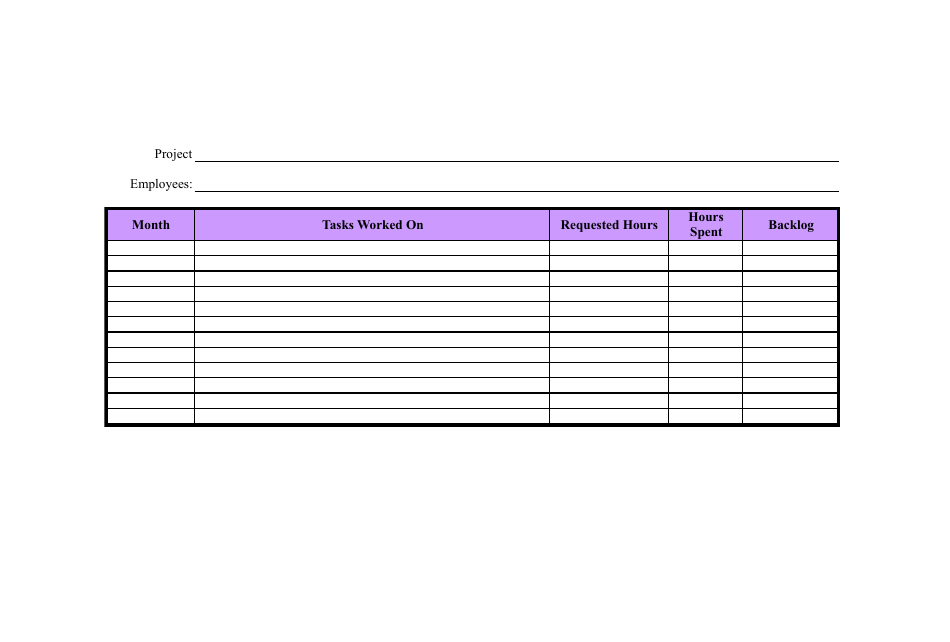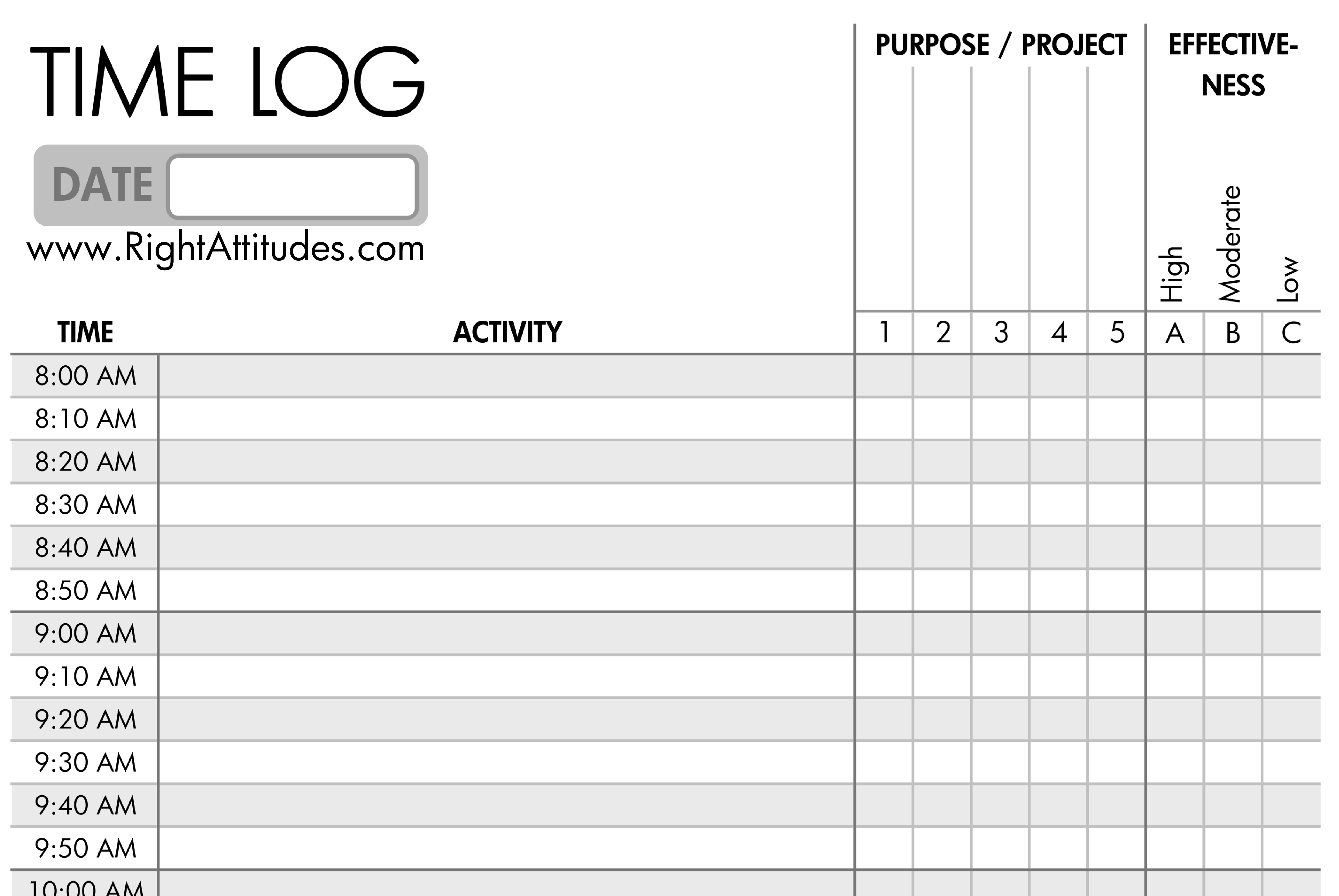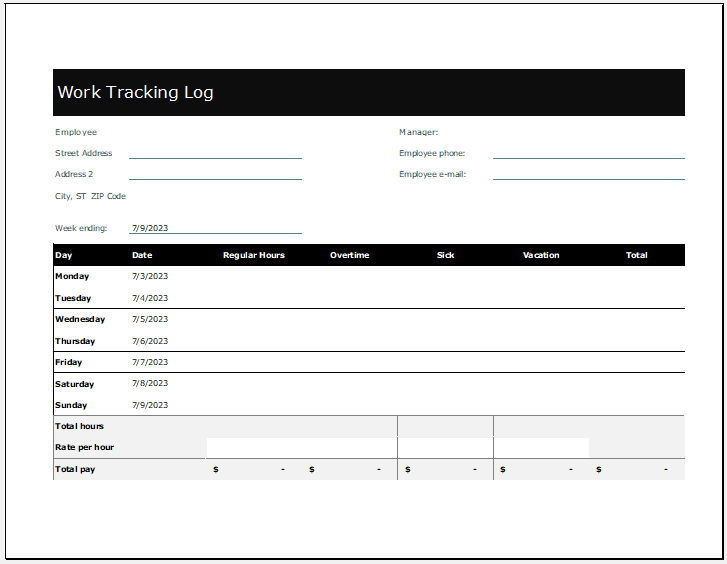![]()
In today’s digital age, more and more employees are working from home. While this arrangement offers flexibility and convenience, it can also pose challenges in terms of keeping track of work hours and productivity. That’s where an employee at-home work tracking log can be a valuable tool.
This article will explore the benefits of using an employee at-home work tracking log and provide tips on how to create and use one effectively.
What is an Employee At-Home Work Tracking Log?
An employee at-home work tracking log is a document that allows employees to record their work hours, tasks, and productivity while working remotely. It provides a structured way for employees to monitor their progress and for employers to keep track of their team’s performance. The log can be printed out and filled in manually or filled in digitally and saved as a PDF.
Why Use an Employee At-Home Work Tracking Log?
There are several reasons why using an employee at-home work tracking log can be beneficial for both employees and employers:
- Accountability: A tracking log helps employees stay accountable for their work hours and tasks. It serves as a reminder to stay focused and productive throughout the day.
- Productivity Monitoring: Employers can use the tracking log to monitor the productivity of their remote employees. It provides insights into how time is being allocated and helps identify areas where improvements can be made.
- Transparency: By keeping a record of work hours and tasks, employees can provide transparency to their supervisors or clients about how their time is being spent.
- Time Management: A tracking log can help employees better manage their time by visualizing how much time is being spent on different tasks. This can lead to improved efficiency and productivity.




How to Create an Employee At-Home Work Tracking Log?
Creating an employee at-home work tracking log is simple and can be customized to fit the specific needs of your organization. Here are the steps to create one:
- Identify the Key Elements: Determine what information you want to track, such as work hours, tasks, breaks, and productivity metrics. This will serve as the foundation of your tracking log.
- Select a Template: Choose a template that suits your preferences and needs. There are numerous free templates available online that can be downloaded and customized.
- Add Relevant Fields: Customize the template by adding fields for the key elements you identified in step 1. Make sure to include spaces for dates, start and end times, task descriptions, and any other relevant information.
- Design and Formatting: Consider the visual appearance of the tracking log. Use clear headings, font styles, and formatting to make it easy to read and navigate.
- Print or Save as PDF: Once the tracking log is customized, you can either print it out and fill it in manually or save it as a PDF and fill it in digitally using software such as Adobe Acrobat.
Summary
An employee at-home work tracking log can be a valuable tool for both employees and employers. It promotes accountability, productivity monitoring, transparency, and time management. By creating and using a tracking log, employees can stay organized, focused, and productive while working remotely.
Employers can gain insights into their team’s performance and make data-driven decisions to improve productivity. So, consider implementing an employee at-home work tracking log and enjoy the benefits it brings.